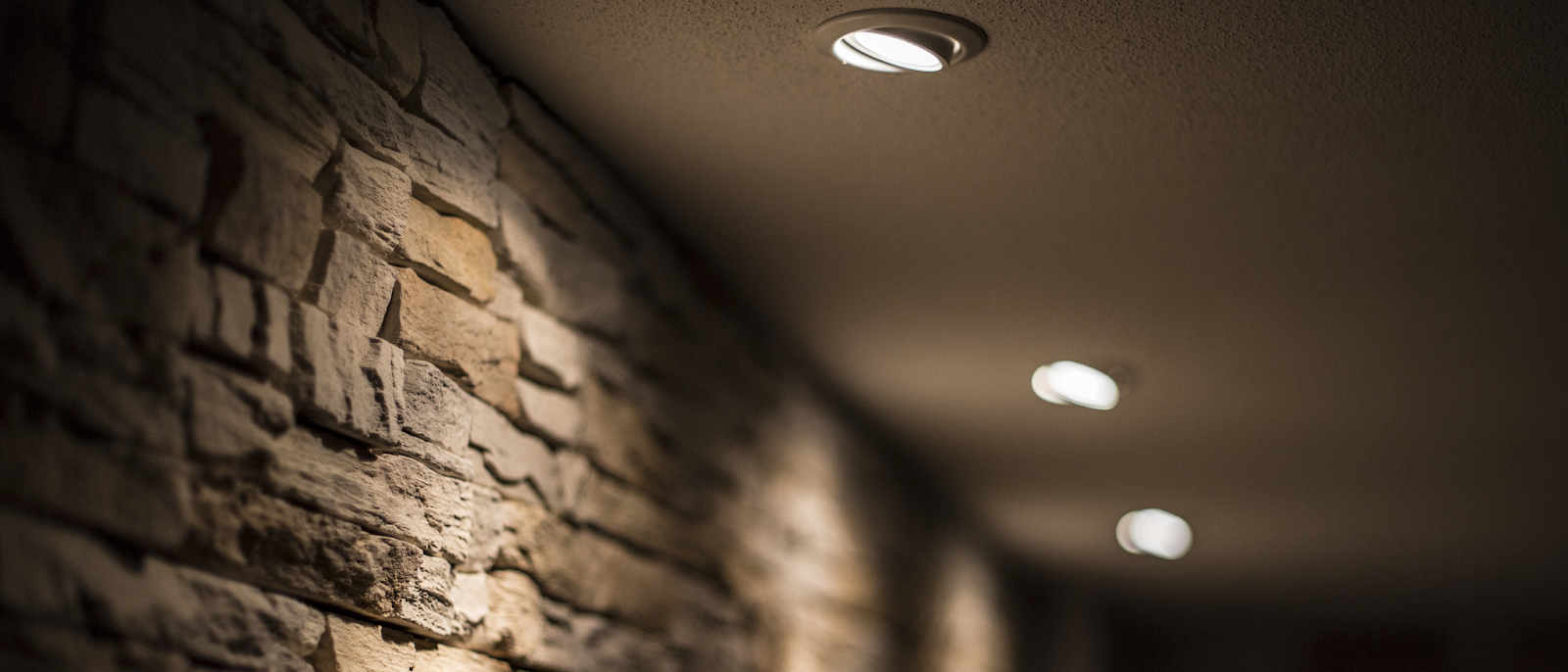5 common mistakes to avoid when replacing LED lighting
Replacing your traditional lighting for LEDs is more extensive than simply removing the halogen lamp and installing the LED lamp. There are many factors to consider and many steps in the process can cause failure. Therefore, we have collected five typical mistakes, which may be good to be aware of before upgrading to LED lighting.
We often get questions about everything from installing LED luminaires to more technical issues about color rendering and color temperature. Therefore, the purpose of this week's blog post is to collect the most common questions for a FAQ on common mistakes to avoid when changing fluorescent lamps or halogen lamps with LED.
We often get questions about everything from installing LED luminaires to more technical issues about color rendering and color temperature. Therefore, the purpose of this week's blog post is to collect the most common questions for a FAQ on common mistakes to avoid when changing fluorescent lamps or halogen lamps with LED.
1: You base your purchase on the LED luminaire's power consumption
This is one of the most common mistakes when traditional lighting is replaced by LED lighting. The power consumption, measured in watts, indicates the amount of current consumed by the light source. However, the power consumption does not inform about the amount of light emitted by the light source in relation to the power consumed. For this purpose, you need to look at the energy efficiency of the light source, measured in lumen per watt (LPW). LED luminaires consume relatively less power than traditional light sources and therefore you should not replace a 20W halogen point with a 20W LED spot. Instead, you should replace it with an LED point with similar energy efficiency as the original location.
2: Your new LED lighting has a different light distribution
How the light is distributed in the room can be crucial for how the atmosphere in the room is displayed. If you replace your traditional lighting with LED, you can experience a more concentrated light distribution. LED luminaires differ from traditional light sources by providing more direct light, thereby avoiding the distribution of light in all directions. However, this waste light can be advantageous, so you should look for LED luminaires with diffusers. In this way, you experience more even and even lighting.
3: You are neither familiar with CRI nor CTT
When you upgrade to LED lighting, there are two technical terms you should be aware of.
The first is the Color Rendering Index (CRI). CRI is measured on a scale of 0-100 and indicates the light source's ability to create colors in a room. Usually, LED luminaires have a CRI value of between 70 and 95, but what you should base your choice on depends on where the luminaire will be installed. In industrial kitchens and in workrooms, CRI must be higher than 90, while it may be sufficient with CRI 70 in storage houses or for outdoor use.
The other is Color Temperature (CTT). The color temperature is measured in Kelvin (K), and the Kelvin degree indicates how cold or warm the light is. Light sources with a color temperature of 1,200-2,700 give a warm and intimate light and therefore you often find these light sources in restaurants. Light sources with a color temperature of 3.000K are suitable for offices, while 5.000K is preferred in museums and in galleries.
Want to know more about this? Then read our previous article on color rendering and color space.
4: You do not control the supplier
The consequence of the increased popularity of LED lamps has been the LED lighting market exploded in recent years. There are many suppliers to choose from, but not all are equally authentic and the quality varies greatly from one manufacturer to another. Therefore, you must carefully check the supplier before investing in new LED lighting. At Lumega, we are specialists in LED lighting and, unlike other LED suppliers, we are exclusively engaged with LEDs. For this reason, you can confidently rely on Lumega if you want a professional LED solution.
5: You don't get a decent guarantee
This is correlated with the fourth litter on our list, as quality and warranty are often interrelated. First, you need to check if your LED luminaire is covered by the warranty at all and then check the length of the given warranty. At Lumega, all our products are covered by a 5-year warranty unless otherwise stated. Examples of Lumega products with a 5-year warranty include our popular LED downlight.

Comments
Post a Comment